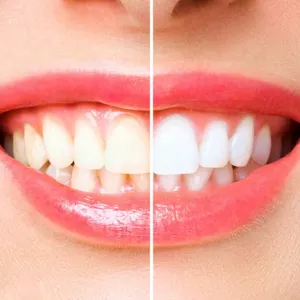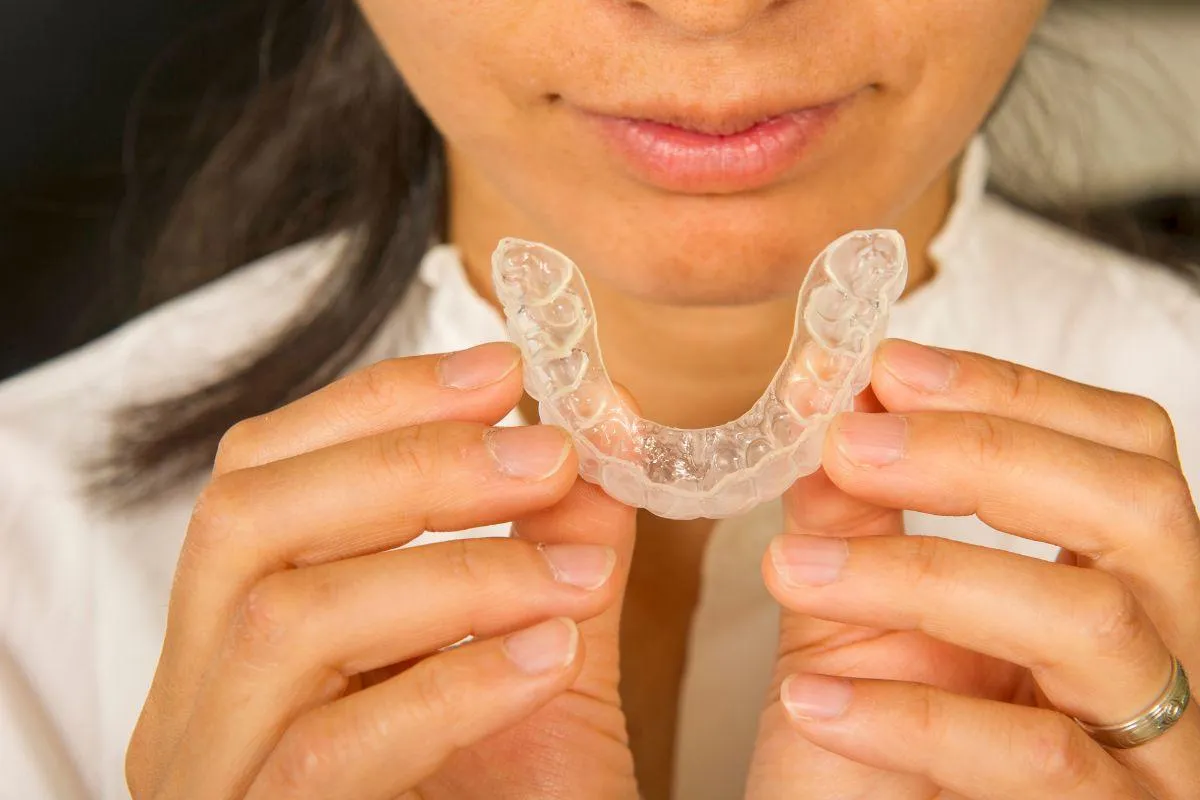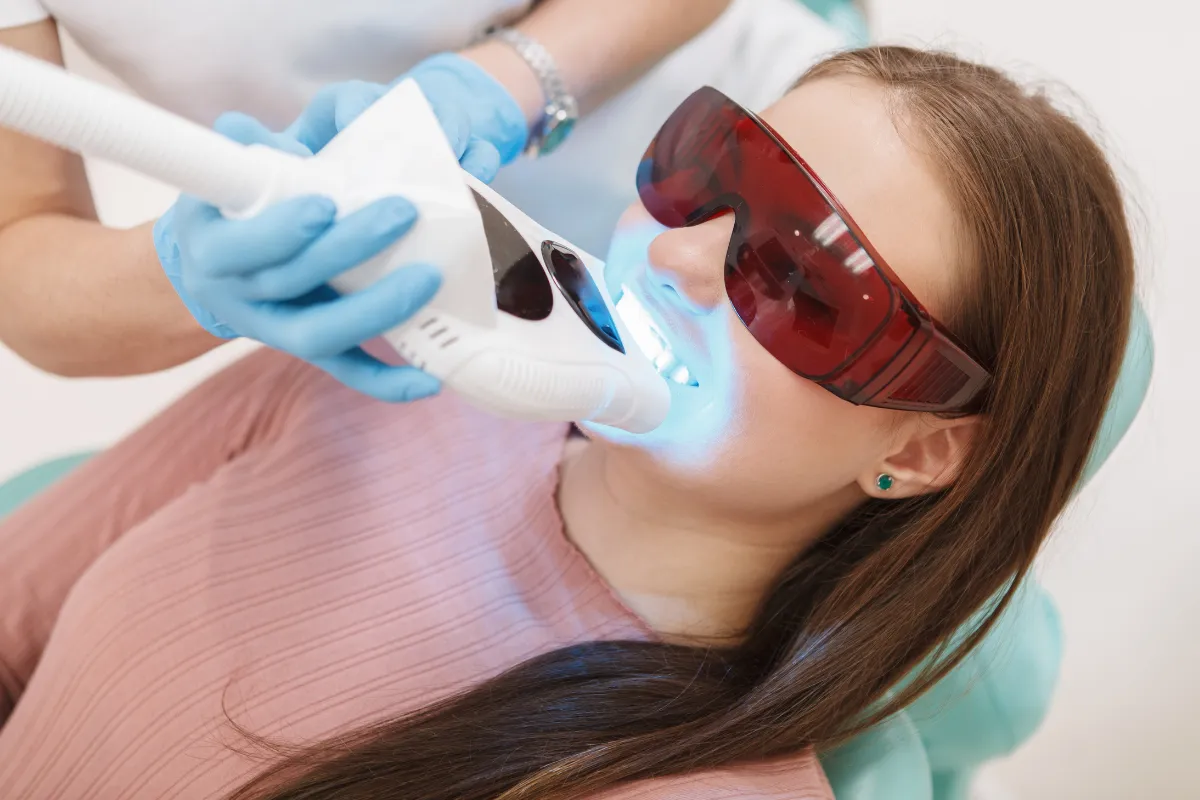
Teeth Whitening in Grand Junction: Bring Back Your Bright Smile
A beautiful, white smile is one of the first things people notice when meeting someone, which is why teeth whitening has become a popular option for many of our patients. At our Grand Junction office, we frequently see patients who want to enhance their smile by brightening their teeth. But before we dive into the whitening options, let's explore some common causes of tooth discoloration.
What Causes Tooth Discoloration?
Aging
As we get older, the protective enamel on our teeth naturally wears down, exposing the yellowish layer of dentin beneath. While this is a normal part of aging, teeth whitening can help reverse the clock and make your smile appear younger and brighter.
Food/Drinks
The foods and beverages we consume can have a big impact on the color of our teeth. Dark-colored items like coffee, tea, red wine, cola, and certain berries can leave stubborn stains over time. Dr. Birch’s personal culprit? Coke! He loves it and admits it’s one of the most common causes of tooth discoloration.
Tobacco Use
Smoking or chewing tobacco leads to yellow or brown stains that can deeply embed in the teeth, making them more difficult to remove through regular brushing and cleaning.
Poor Oral Hygiene
Inadequate brushing and flossing can allow plaque, tartar, and stains to build up, contributing to a dull appearance. For some patients, even professional cleanings may not fully remove all discoloration, which is where whitening treatments can help.
Medications
Certain medications, including antihistamines, antipsychotics, and some antibiotics, have been known to cause discoloration as a side effect. Some patients also experience discoloration due to exposure to antibiotics, like tetracycline, when their mothers were pregnant.
Trauma
Physical injury to a tooth can damage its inner structure (the pulp), which may cause the tooth to turn gray or darken over time. Dr. Birch frequently sees children with discolored teeth following an accidental fall or bump to the mouth.
Fluorosis
Overexposure to fluoride during early tooth development can lead to fluorosis, which appears as white or brown streaks or spots on the teeth.
Genetic Factors
Some people are naturally predisposed to have darker or more yellow dentin, which affects the overall color of their teeth. Genetics can play a significant role in determining how white or yellow your teeth are, even with good oral hygiene.
Teeth Whitening Options
Thankfully, there are various options for tackling tooth discoloration and bringing back a whiter, more vibrant smile. Depending on your needs, preferences, and sensitivity levels, you can choose between at-home whitening or professional in-office treatments:
DIY Whitening

If you prefer to whiten your teeth at home, there are plenty of over-the-counter products available, such as whitening toothpaste, gels, and strips. While these products can offer some improvement, they may not be as effective or long-lasting as professional-grade options.
For even better results at home, you can opt for
custom whitening trays made by our office. These clear trays are specially designed to fit your teeth perfectly. Once you have the trays, you'll be provided with a prescription-strength whitening gel.
Using these trays is simple: just place a small drop of the gel into each tray and wear it for up to 20 minutes a day, as directed by Dr. Birch. If your teeth are prone to sensitivity, you can reduce the wearing time.
Custom trays provide a more even and controlled whitening experience, with noticeable results over time. The prescription-strength gel works more efficiently than store-bought alternatives, helping you achieve a brighter smile without the guesswork.
In-Office Whitening

For those seeking faster and more dramatic results, professional in-office whitening is the way to go. This procedure combines a specialized whitening gel with a blue LED light to enhance the whitening process.
One of the key components of the treatment is Amorphous Calcium Phosphate (ACP), which offers several benefits. Not only does it protect your enamel during the whitening process, but it also enhances the shine of your teeth and reduces post-whitening sensitivity.
In-office whitening treatments can deliver results in just one session, making it an ideal option for patients looking for immediate improvement—whether it's for a big event or simply to refresh their smile quickly.
Dr. Birch will need to examine your teeth to ensure they are healthy and ready for a whitening procedure. Be sure to discuss any sensitivity, pain, or other issues you may have experienced with whitening in the past.

All Rights Reserved, 2024


Facebook
Instagram